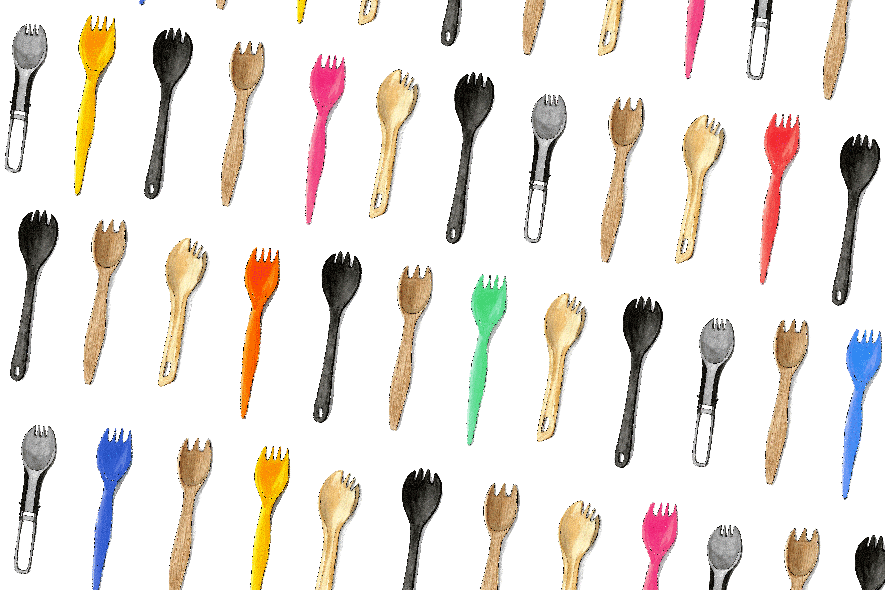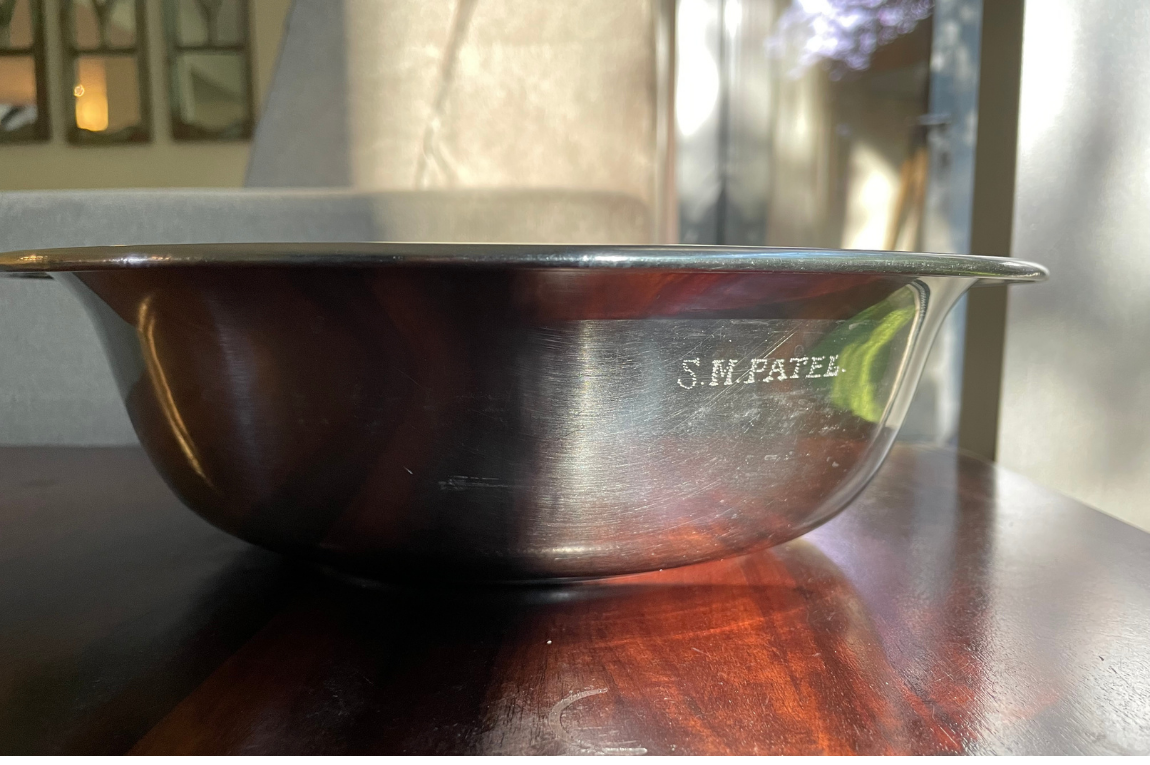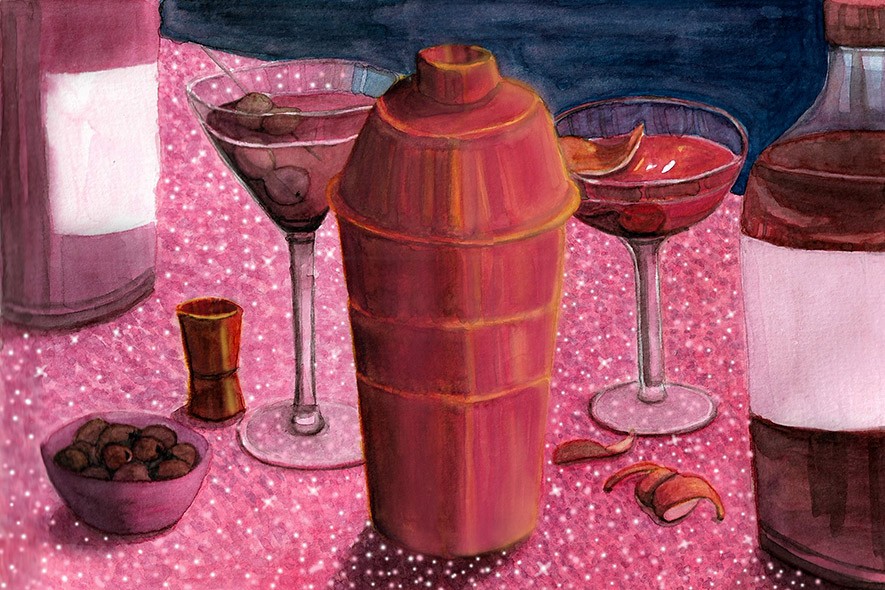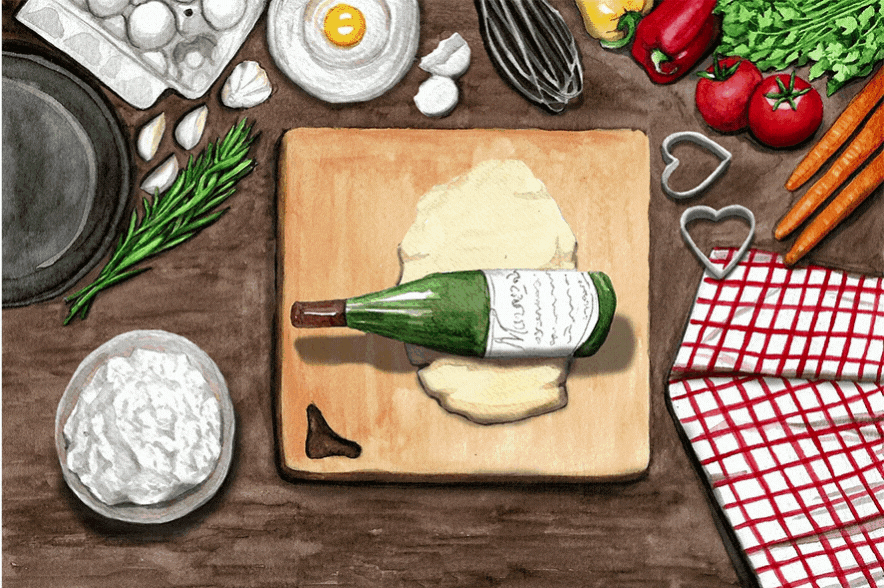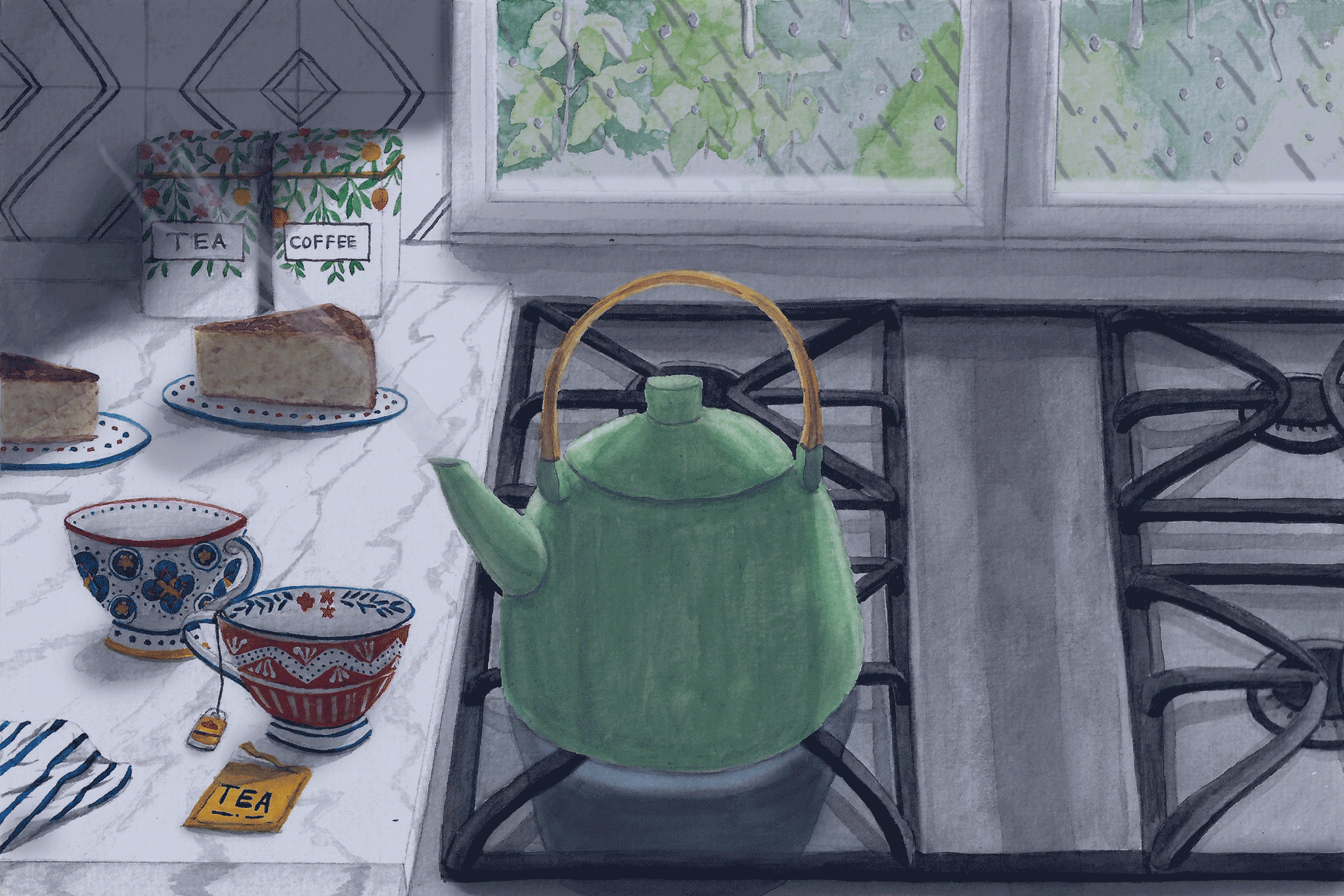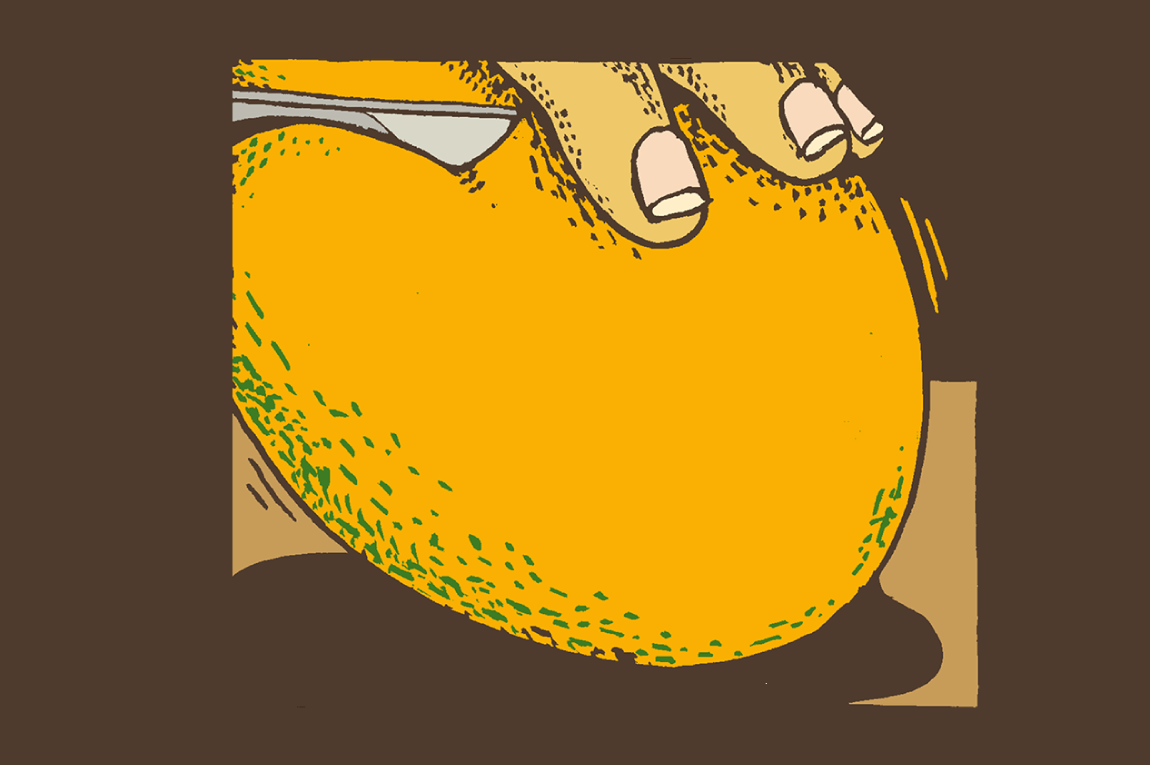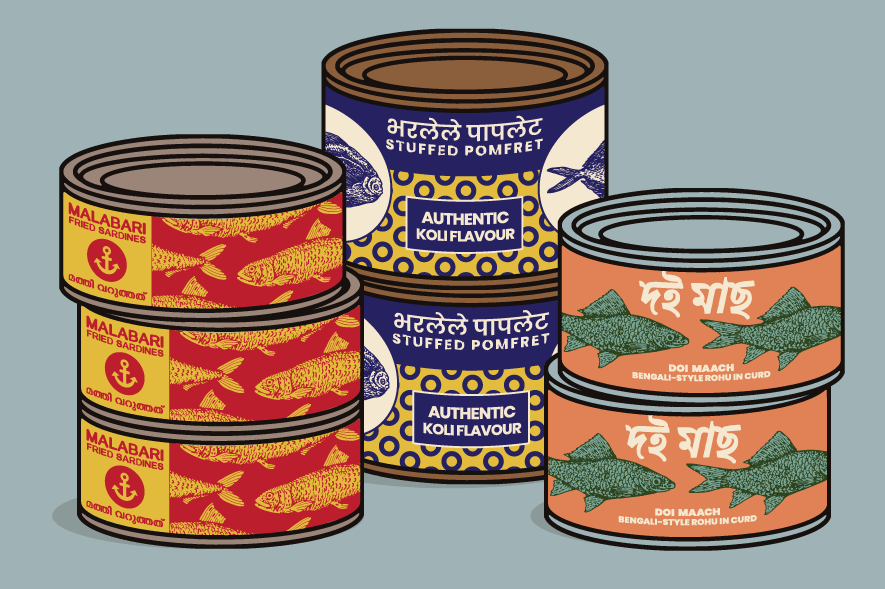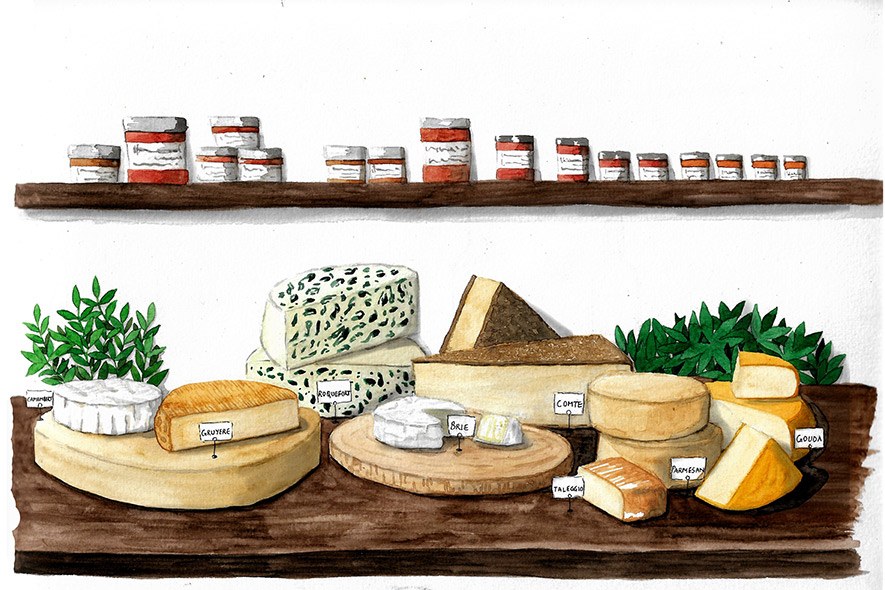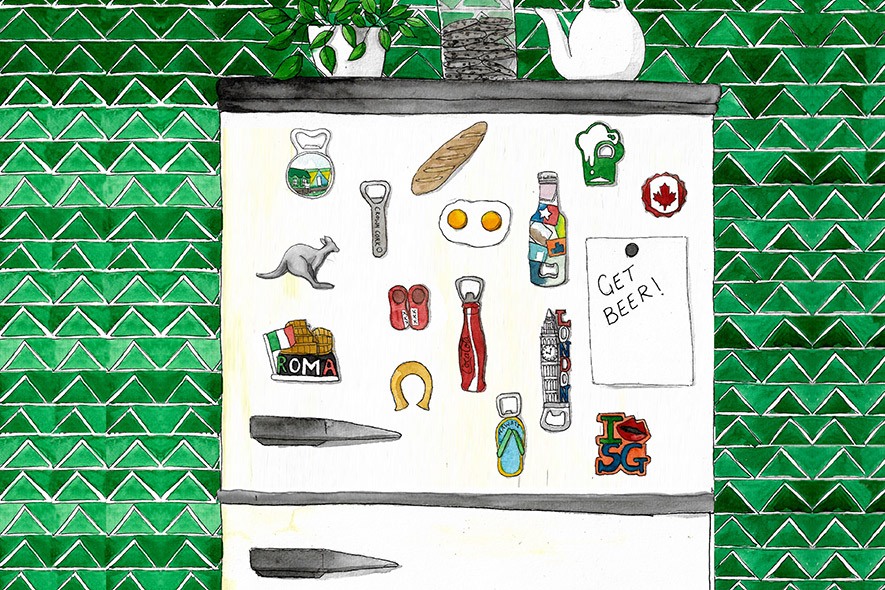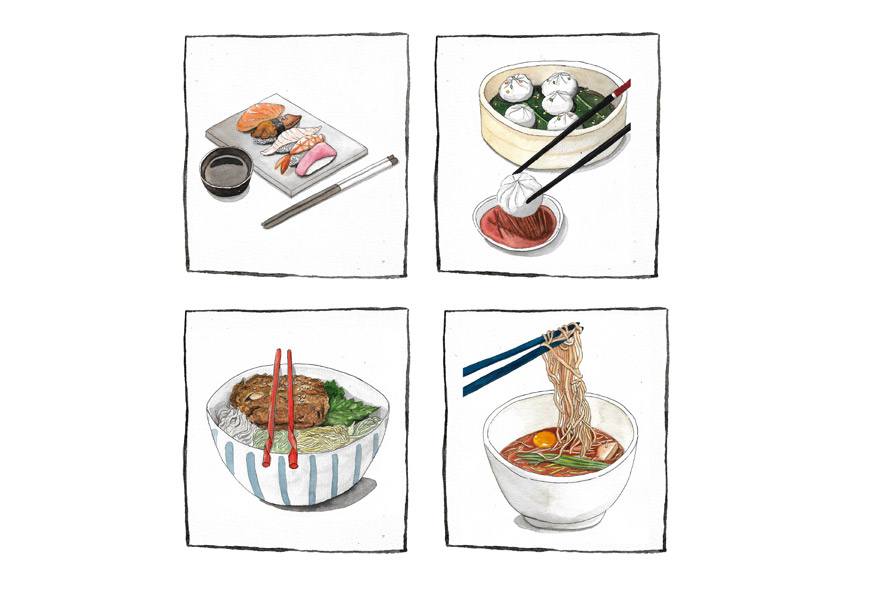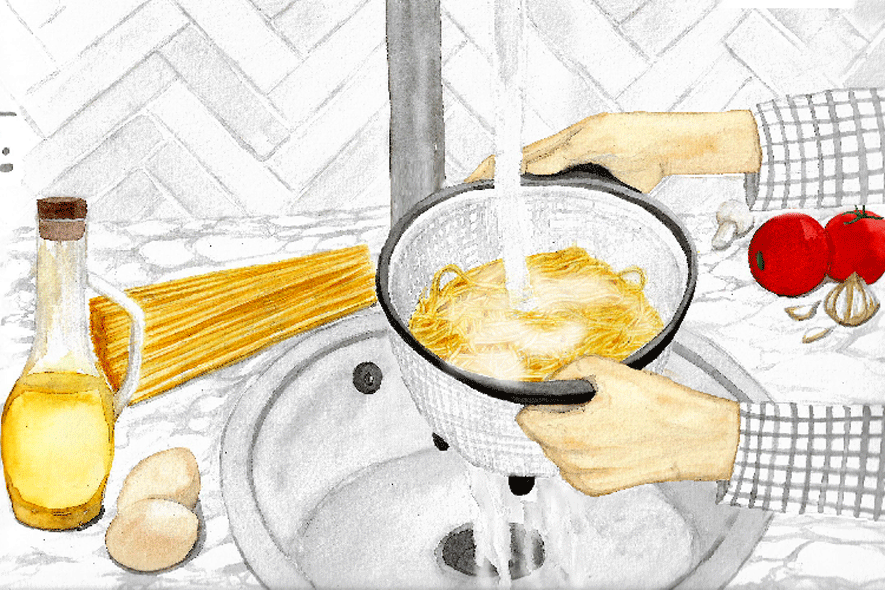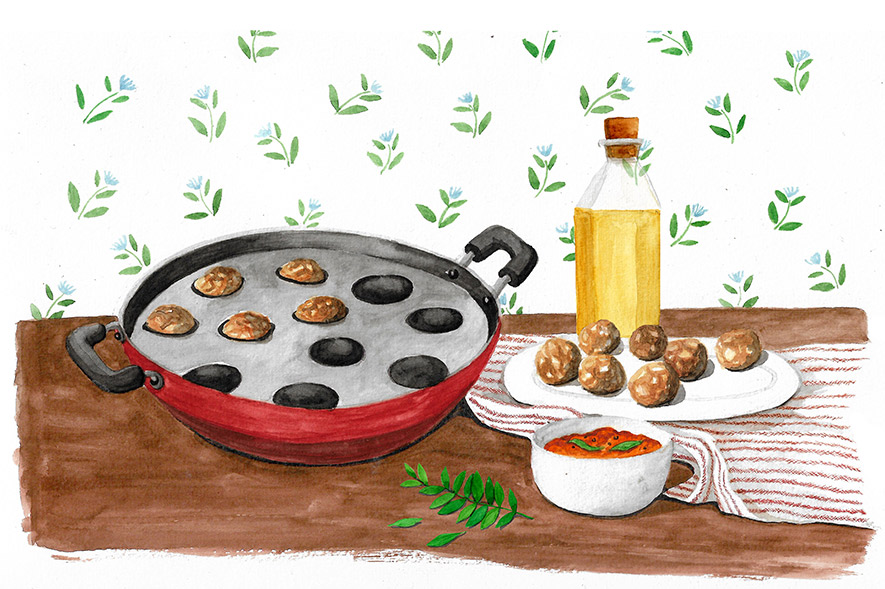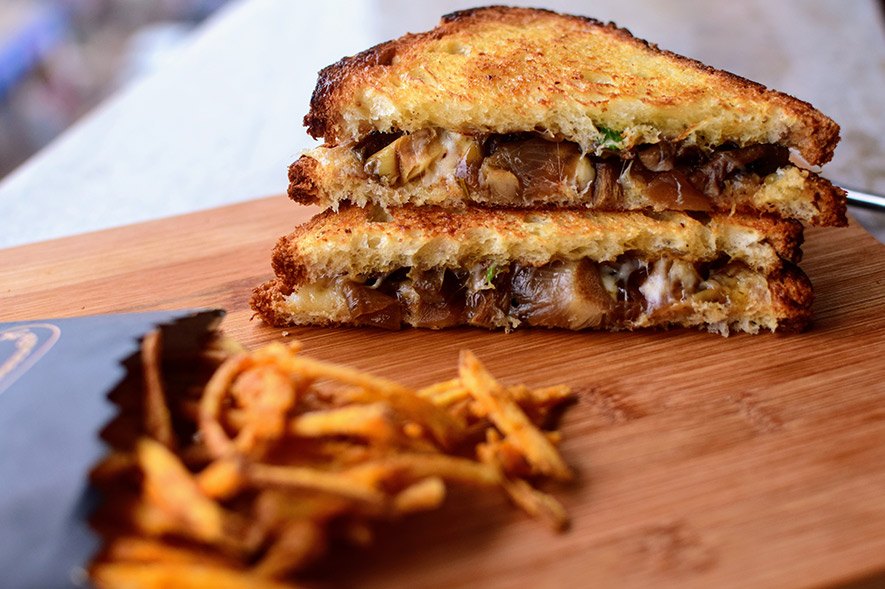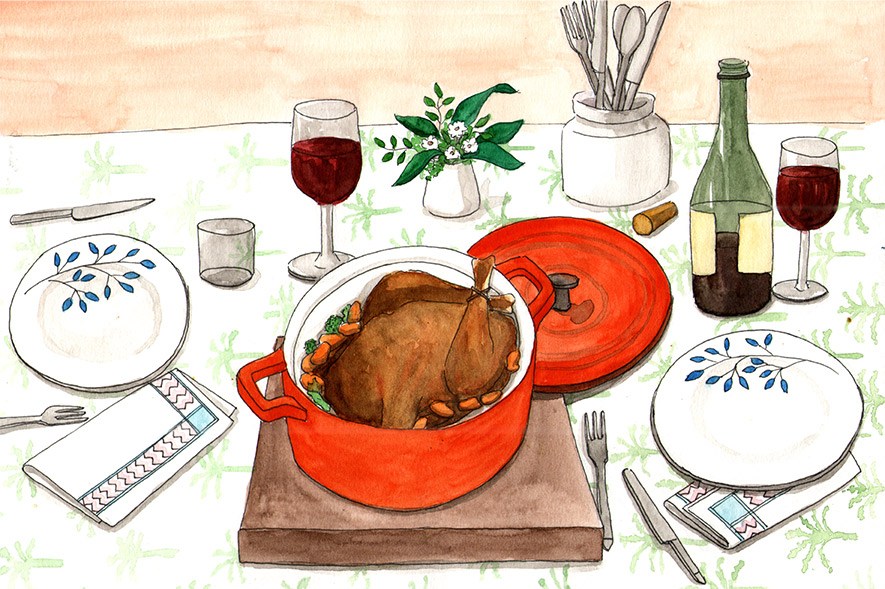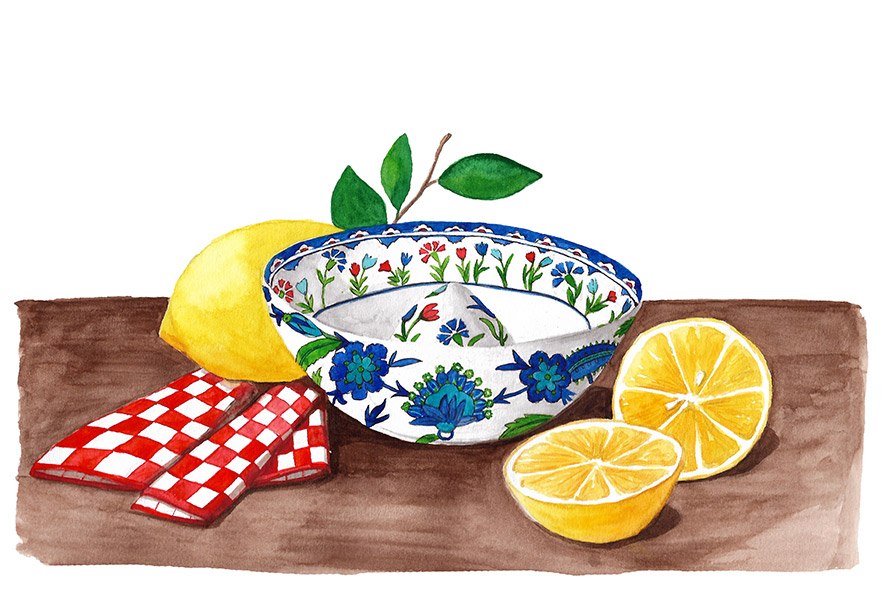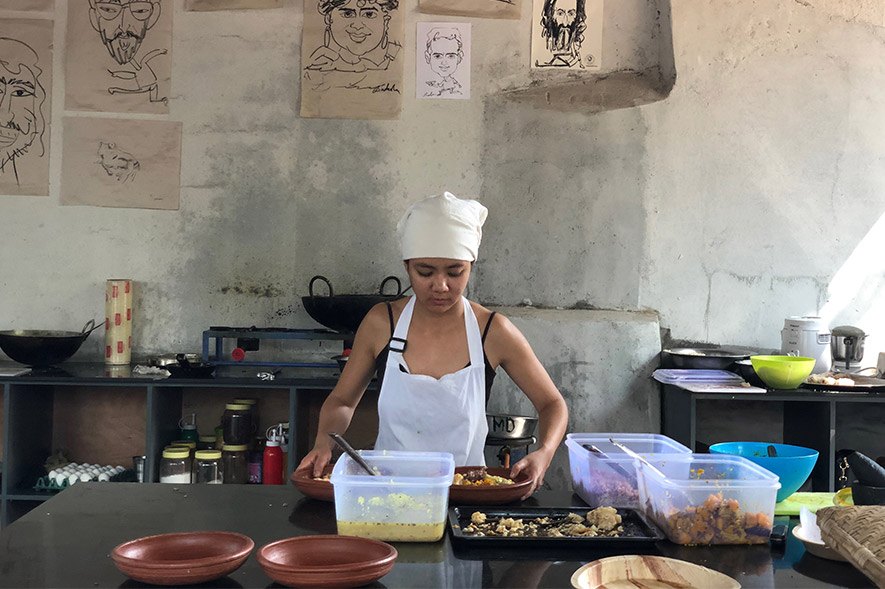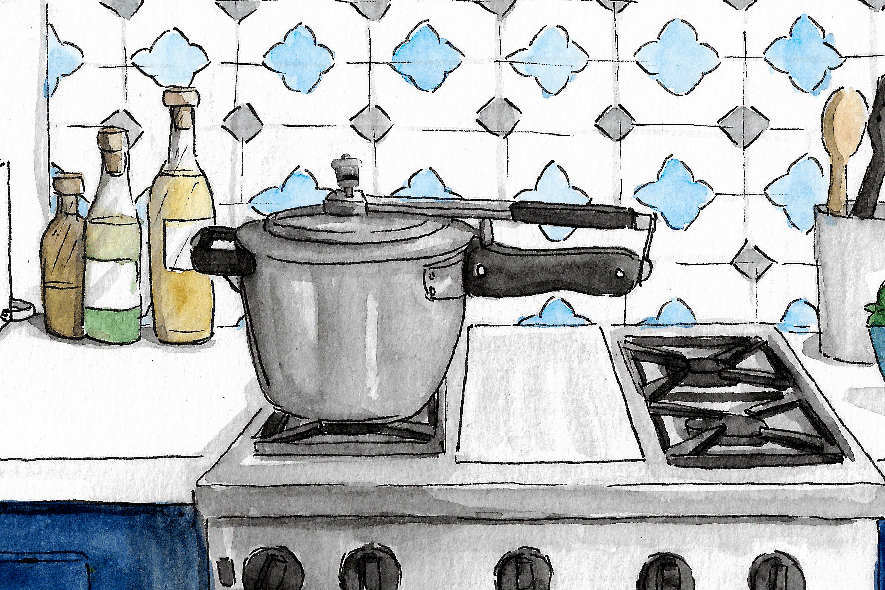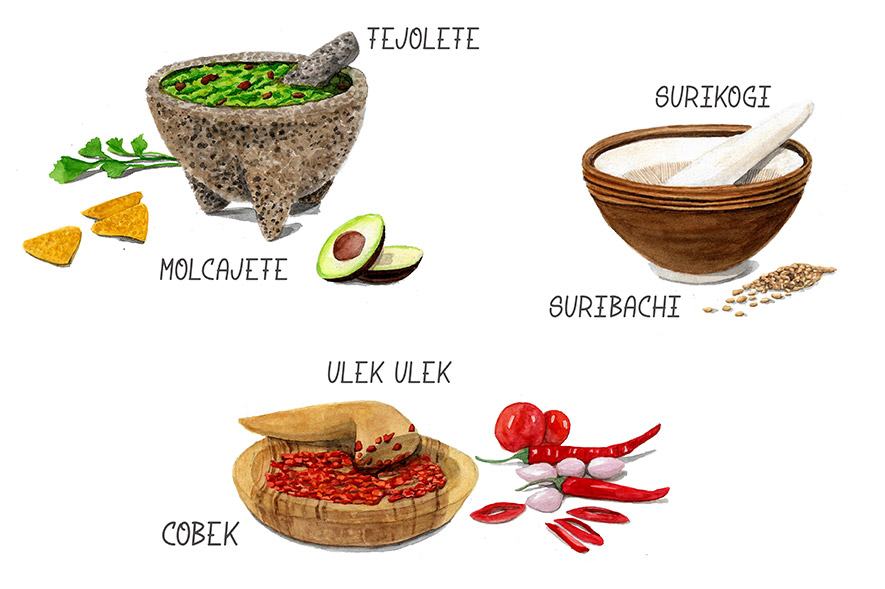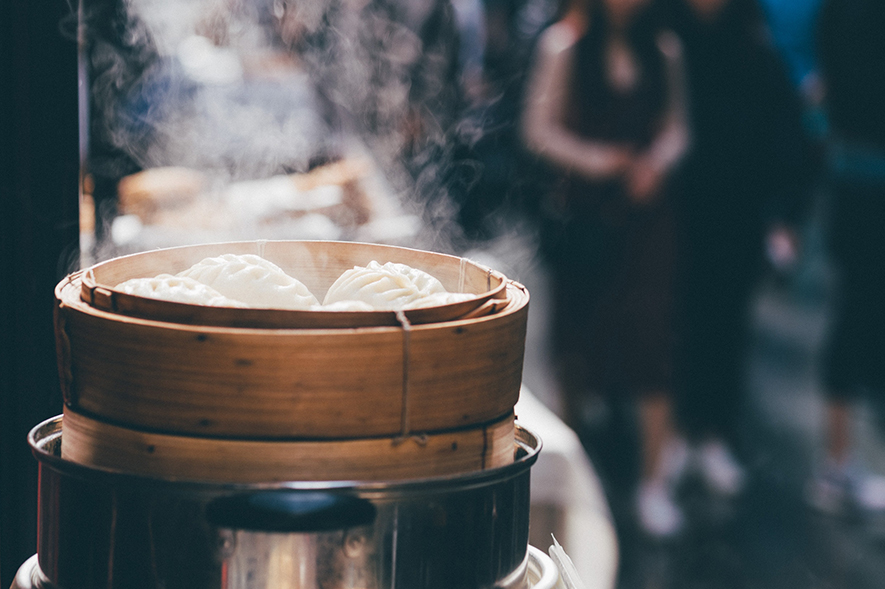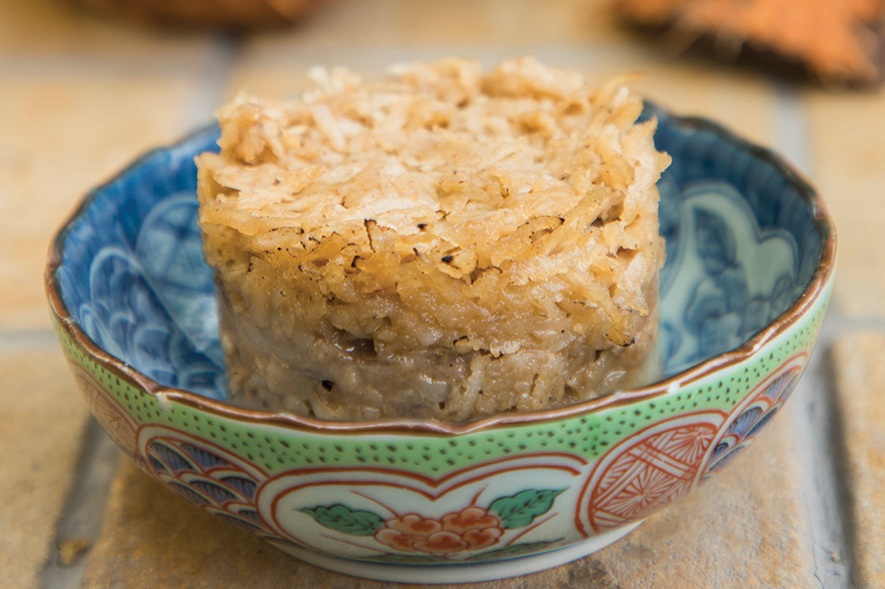Welcome to Pantry-Trippin’, a monthly column in which food writer Roshni Bajaj Sanghvi unearths the cultural connections of cookware and other kitchen paraphernalia from around the world.
Is it a spoon… Is it a fork… No, it’s a spork! This hybrid piece of cutlery doesn’t get as much love as it deserves. Its portmanteau name sounds like it comes from sci-fi, but it is, in concept, astonishingly simple — a spoon that also works like a fork, or vice versa. Like a spoon, a spork has a small bowl at the end of a handle to scoop up food. Like a fork, it has tines, but tinier ones, carved into the end of the spoon. It provides a fairly elegant solution that is notoriously considered inelegant in formal dining. Its biggest criticism? It does neither job as well as its flatware parents.
And so, the spork is used in constrained eating or cafeteria situations around the world — jails, fast-food restaurants, school canteens, economy cabins, takeaway meals eaten on the go. Here lies its elegance — it makes tight dining easier. Who among us would grumble about equipment which does that?
The great advantage of the spork is that it works with almost all half-liquid-half-solid comfort foods that human beings love — kadhi-chawal, chunky soups, ramen, saucy instant noodles, heavily dressed Thai salads, hot brownies with melting ice cream and chocolate sauce. It’s no wonder then that the French call the spork a passepartout — originally used to describe a master key, because it goes (passe) everywhere (partout).
The inventor of the spork, according to this story, was as much a multitasker as the tool he created. Samuel W. Francis, born and bred in New York City’s high society, was among other things a physician who wrote novels in which he compared figs to the male scrotum; an ornithologist who was fascinated with birds of prey; a serial inventor who came up with a typewriter that had piano keys, a coffin that can be opened from the inside, and of course, the spork. His spork was made of metal, and the patent he received for it in 1874 states that it may also be employed as a knife.
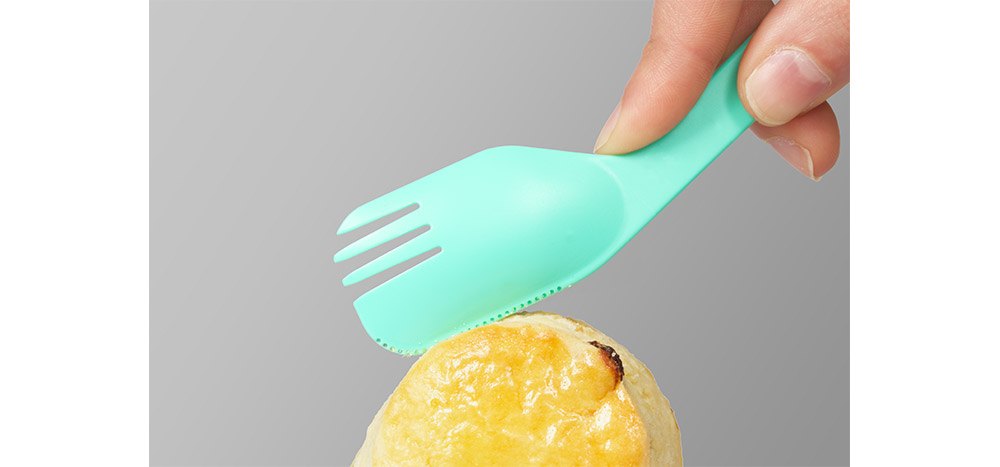
Francis didn’t give the spork its name though, and he probably had no idea that his clever invention would one day change the way people dine at KFC, on Vistara flights, and in prison. The word was only recognised in 1909, mentioned in the supplement to The Century Dictionary, and first trademarked in 1951 by a fellow named Hyde W. Ballard. Its design was registered only as recently as 1970, by Boston-based company Van Brode Milling Co that primarily manufactured breakfast cereals — another liquid-solid food the spork handles really well.
The spork has often found itself in literature and media. Oxford English Dictionary’s 1926 definition of “runcible spoon” (used to consume the wedding feast of mince and slices of quince in Edward Lear’s poem The Owl and The Pussycat) indicates that it is exactly a spork. (Magazine folk, it’s also the name of a really cool zine about food and fantasy.) In the movie Wall-E, our eponymous adorable robot hero struggles to qualify a spork. There is a .org website for spork nerds. In the Simpsons episode, Boy-Scoutz ’n the Hood, Bart has a penknife with a spork.
In this, our age of KonMari minimalism, the spork deserves another look. What is the spork if not a simple and effective multitasking tool? Critics, jail mates, students, fried chicken lovers, and spork haiku writers will all agree: the spork in its latest avatar has found its finest form yet. Wired reported in 2015 that design firm Map Project created one for Fortnum & Mason’s picnic baskets. It has tines tucked into one edge of the bowl, which in turn is deeper, and angled to favour better piercing and scooping. The other side of the spoon is serrated to cut. It looks like the 21st century version of Francis’ unnamed utensil. It has been named, the Tritensil.
Roshni Bajaj Sanghvi, a graduate of the French Culinary Institute (now International Culinary Centre) in NYC, lives in Mumbai and writes mostly about food and travel for many a publication. She’s a contributing editor at Vogue magazine, and her words have also been found in Condé Nast Traveller, Mint Lounge, Scroll.in, The Hindu, Saveur, The Guardian, and Travel + Leisure, among others. She’s crazy about obscure ingredients, and she always knows where to go back for seconds. You can find her on Instagram and Twitter at @roshnibajaj.
Shawn D’Souza is a textile designer who moonlights as an illustrator. He draws as a way of understanding his surroundings better. He is on Instagram as @dsouza_ee.
Tell us what you think? Drop us a line.
